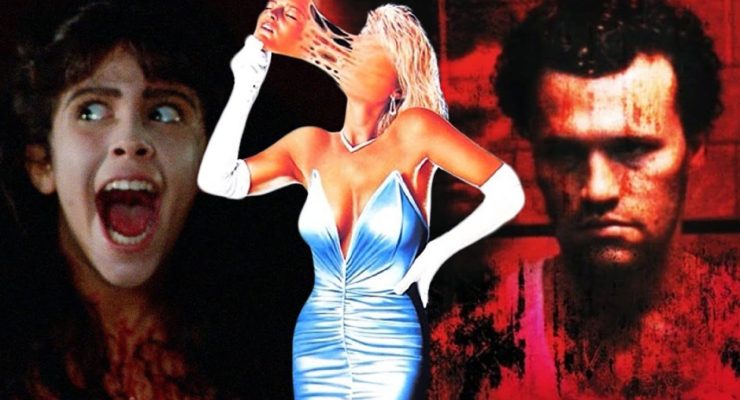James Osborne reviews the third episode of Star Trek: Strange New Worlds…

In the first episode of Star Trek: Strange New Worlds, Captain Pike reconnects with his love of Starfleet and leadership. Episode two develops the young Cadet Uhura, establishing a deeper backstory for the character and making her eminently relatable along the way. Episode three, “Ghosts of Illyria”, is dedicated to Rebecca Romijn’s Number One – Commander Chin-Riley. Unlike Captain Pike, Commander Chin-Riley had not yet been given a chance to shine, and beyond the classic Star Trek traits of competent and confident, the character was mostly a complete mystery, with very little known about her background or her values.
“Ghosts of Illyria” correctly recognises that mystery alone can’t define a character, and begins to give Commander Chin-Riley some substance. While the reveal about her heritage is, ultimately, inconsequential, and the fact she isn’t human is little more than a mild surprise, the episode does enough to give the audience a strong sense of who the character is. Most of all, the episode shows that she feels so passionately about Starfleet and its values and its mission, that she is willing to contravene its rules to be a part of it. That in itself is a fun and thought-provoking moral paradox, and one that could have been explored more thoroughly.
Chin-Riley’s reveal also helps to set it into stone that Anson Mount’s Captain Pike is a completely different beast. If you try to imagine, and brace yourself here, an amalgamation of the captains Kirk, Picard, Sisko and Janeway, Captain Pike is pretty much the opposite. He is eager to engage with his crew, endlessly forgiving of mistakes past and present, and above all, guided by the direction of Starfleet’s principles, rather than its rules and regulations. In his interactions with Number One, “Ghosts of Illyria” affirms that he is a character to watch keenly, because though he might be Star Trek’s first on-screen captain, he really is something new.
Unfortunately, this is an episode that doesn’t particularly give the character a lot to do. The majority of his screen time is shared with Spock, as they look out of windows while sheltering from a planetary storm. But there are other beneficiaries from his absence, namely Dr M’Benga.

Babs Olusanmokun has managed to craft the character into someone who is inexplicably enchanting, despite having had relatively little to do. “Ghosts of Illyria” gives the character his most important episode in the season so far, helped along with a significant reveal. But, again, it’s a reveal that certainly deserved more time and exploration dedicated to it. Instead, a very large and significant plot point – which carried enough weight to justify its own episode – is tacked on to the conclusion without a proper examination of what it means going forward. The reveal does a nice job of feeding into the episode’s wider themes about the disconnect between ethics and rules, and the fact that they aren’t always aligned. Hopefully, it will be addressed again as the series pushes forward.
“Ghosts of Illyria” might not have the most memorable, or unique, plot, but like its two predecessors, it continues to deliver with some effective and engaging character work. It’s also an easy and entertaining episode, helped along by some genuinely stunning visuals. And, as the episode concludes, it’s possible to discern a pattern starting to emerge. Up until this point – which is admittedly still very early on – the Strange New Worlds format has reliably been a classic Star Trek plot supported by weekly development of a new character.
So far, that format is working. But, hopefully, when the characters have all been given their due attention, the series can become a little more dedicated to the expression and examination of interesting, and challenging, science fiction stories.
James Osborne












